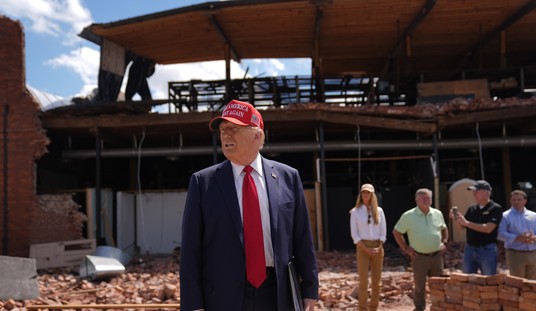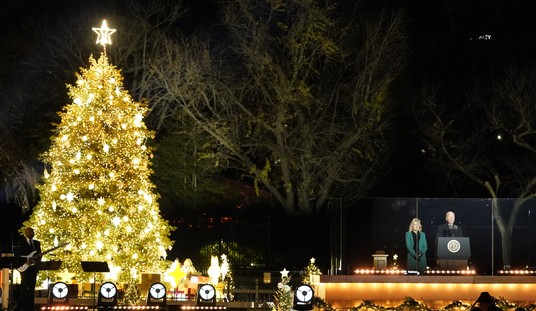Many of us probably view drones as first-generation technology. We’re still trying to figure out where they came from and what they can do.
But some agencies in the US government have used drones for decades, have already worn out their first-generation drones and are moving toward a second. But because of US laws that require the drones they use come from specific countries, the agencies are beginning to run into supply problems.
The Department of the Interior has used drones since 2006 to fly into dangerous places, assess fires, weather damage and other hazards and to observe species change in animals and plants for land management purposes.
But in January 2020, Interior prohibited the procurement and non-emergency use of drones if critical components of those drones were made in countries designated as adversary nations. The Department gradually added exceptions for wildlife management and search and rescue operations, and in October 2022, having deemed the benefits of the banned drones high and the security risk low, it allowed the bureaus to resume use of these so-called “noncompliant” drones for non-emergency flights.
Despite these findings, because of a law known as the American Security Drone Act of 2023, some foreign-made drones will again be outlawed beginning in December 2025, although the Department of Homeland Security will be asked to assess exceptions for wildlife management and search and rescue.
Recommended
The problem now is the ban forces reliance on drones made without parts from adversarial countries without considering whether enough of those drones exist at the level of capability that the government needs. Now, many of those first-generation drones are ready for retirement – more than half the fleet is beyond the 5-year life expectancy already, and that’s counting the “non-compliant” drones that won’t be allowed after December 2025.
And as the Government Accountability Office pointed out in a recent report, domestic suppliers cannot come close to meeting demand in anything like a timely fashion and are not close on price either.
Before the new rules took effect, Interior paid on average $2,600 per drone. Now these drones cost more than $15,000, and many need additional after-market modifications to be compliant and thus cost even more.
Instead of being readily available like the drones that were prohibited, the government-approved drones can take up to six months to deliver. Interior ordered 98 drones in fiscal year 2024, but only 46 had been delivered, the GAO report stated. The National Park Service ordered several in March for wildfire season but delivery was pushed back to October, after the danger period had passed. And many of those that have been delivered have had propeller issues that cause them to abruptly crash.
Security concerns are duly noted, especially in light of recent world events. Drones with dangerous capabilities and controls in the hands of bad people could pose an enormous threat. They can be used for missions including surveillance, so the importance of protecting the data drones collect cannot be understated.
But on the drone systems Interior was buying, flight logs, photos, videos and mobile data do not sync with the manufacturer unless the end user opts in. They also are designed with a “local data mode” where the connection between the flight app and the internet is completely severed. For that matter, the flight app can be entirely bypassed in favor of one from an American software developer.
We have to consider what happens when applying a ban without stopping to think about the consequences. The Department of Interior manages about a fifth of the land in the US, including 476 dams, 348 reservoirs, 431 national parks, monuments and historical sites and 544 wildlife refuges.
That’s a lot to manage, and drones make it easier, safer and far less expensive. They’ve been used to map the habitat of birds, to study invasive carp in Oregon, to measure volcanic gases at Mount St. Helens in Washington, and much more. Without drones, some Department of Interior programs have even had to be abandoned altogether – it’s just too costly and too risky to personnel to carry out their work without the help of these drones.
The answer is not to go back and make things more difficult and costly. It is to fix the law and the policies, so Interior and other federal agencies can buy the drones they need at the prices they – it’s we the taxpayers, really – can afford. By all means, let’s hail a capable domestic drone manufacturing sector when it materializes. But it’s not here yet. We still need help from elsewhere, and we still will in 14 months when this takes effect.
Let’s use our time wisely and get this fixed now.


